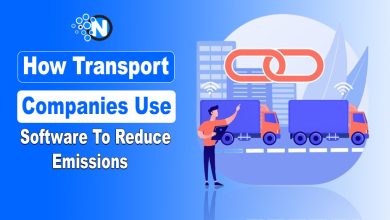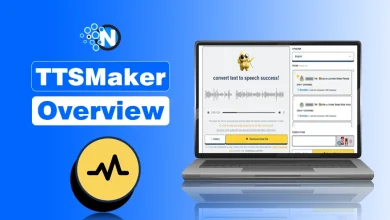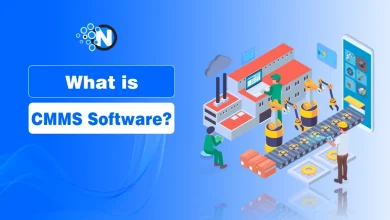How Property Management Software is Aiding in Sustainable Real Estate Development
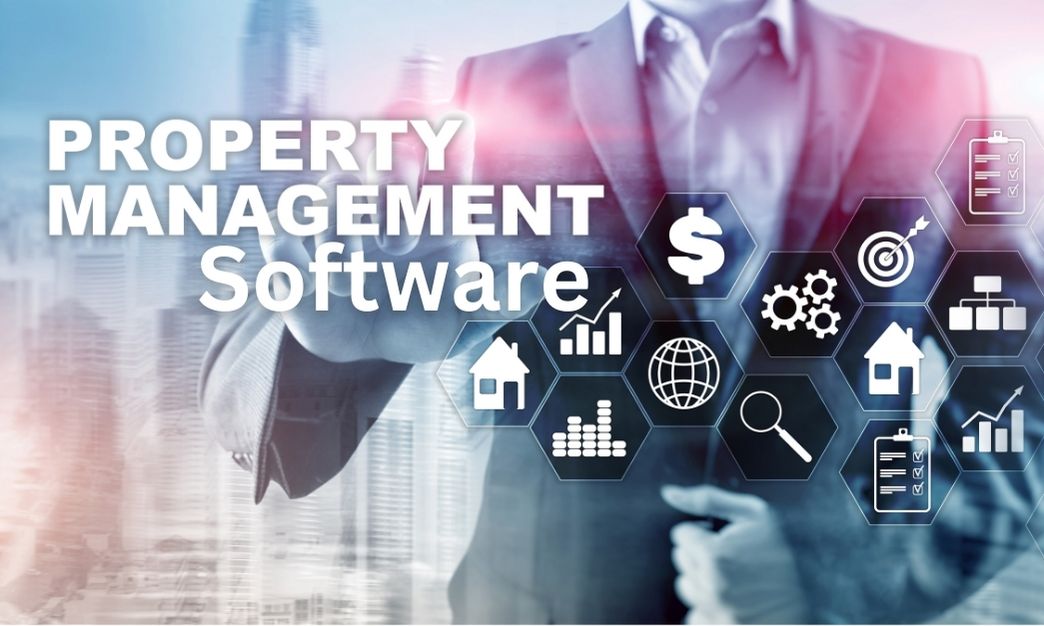
These days, the emphasis on sustainability is important. With urbanization quickening, environmental responsibility has never been more important in managing properties.
The property management software for landlords has emerged as an indispensable asset for landlords and property managers. Powered by sophisticated algorithms and data analysis, it helps to keep properties operating at optimum ecological efficiency as far as energy consumption, water usage and waste are concerned.
The Importance of Sustainability in Property Management
Sustainability isn’t only about protecting the environment, it is also a means to save money and increase property values as well as an investment in staying ahead of competitive rivals. In practical terms, sustainable property management means implementing strategies that reduce waste and enhance energy-saving.
Incorporating sustainable practices in management can reduce operating costs substantially. Furthermore, well-maintained and energy-efficient properties tend to have a higher market value, attracting quality tenants and leading to lower vacancy rates.
How Property Management Software Drives Sustainable Practices
The rise of technology has paved the way for automation and smart software to take center stage in property management. These advancements are not only revolutionizing the way property managers operate but are also contributing significantly to sustainable real estate development.
Data Collection and Analysis
Property management software is an invaluable asset for landlords in this data-driven age. It enables the organized accumulation of a plethora of data, from tenant demographics, upkeep timelines, to fiscal dealings. This holistic database eradicates the common shortcomings associated with manual data recording, such as discrepancies and inaccuracies.
Moreover, the analytical prowess inherent in these software platforms provides landlords with meaningful intelligence. By analyzing the collated data, they can identify trends, forecast potential shifts, and formulate informed strategies. For example, insights into tenancy rates and tenant inclinations can influence future property acquisitions or refurbishments.
Enhances Tenant Engagement
Tenant satisfaction is vital for a thriving real estate business, and property management software plays a pivotal role in this area. The software provides a platform where tenants can easily submit maintenance requests. Property managers can then efficiently assign, track, and manage these requests, ensuring prompt maintenance responses. This streamlined communication leads to higher tenant satisfaction, prolongs the property lifespan, and maintains property value.
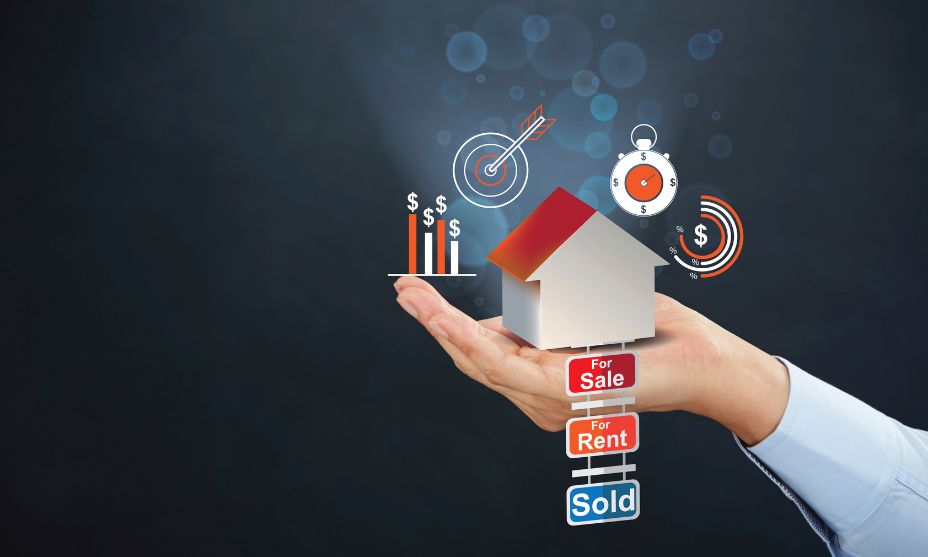
Real-time Energy Consumption Monitoring
Monitoring energy usage is crucial in property management, influencing both operational expenses and the property’s environmental impact. With property management software, property owners gain immediate insights into energy consumption. This real-time data facilitates swift actions, ensuring energy resources are used judiciously. For example, should a specific unit exhibit excessive energy use, immediate remedial actions can be initiated.
Additionally, the software’s data analytics can identify trends in energy consumption, allowing property owners to devise strategies for sustained energy efficiency. Such forward-thinking approaches not only curtail expenses but also promote eco-friendly property management.
Predictive Maintenance to Reduce Waste
Property management software provides landlords with a refined mechanism for proactive maintenance. By tapping into data analytics and advanced machine learning it helps to identify potential deterioration, enabling property managers to act before small concerns burgeon into expensive overhauls.
One of the standout attributes of property management software is its prowess in sifting through extensive data from diverse sources, such as embedded sensors, tenant observations, and past maintenance logs. Using sophisticated algorithms, the software identifies trends and foresees when a specific part of a property is likely to malfunction. This forward-thinking approach not only prolongs the lifespan of assets but also curtails wastage.
Challenges and Solutions in Implementing Property Management Software
Overcoming Initial Investment Hurdles
The adoption of property management software is essential for landlords aiming to enhance their management capabilities, especially in today’s digital age where tenants searching for apartments for rent increasingly rely on online platforms. Yet, the preliminary investment in such technological tools can pose certain obstacles that may seem overwhelming to some.
The immediate financial commitment needed for top-tier property management software can be considerable. Such initial expenses might dissuade landlords, particularly those with smaller portfolios or newcomers to the field. The immediate financial burden can sometimes eclipse the enduring advantages, such as improved operational efficiency and heightened tenant contentment.
Additionally, mastering the nuances of a new software system can be a demanding endeavor. Landlords may encounter reluctance from their staff, especially if they have been reliant on age-old property management practices. The shift often requires dedication, understanding, and comprehensive training, intensifying the initial challenges.
Compounding this, the vast array of landlord tools and software choices in the market can induce analysis paralysis. Each offering comes with its distinct set of functionalities and compatibilities, making the choice complex. It becomes imperative for landlords to undertake thorough evaluations, sometimes navigating through esoteric technical details, to select a platform that resonates with their management objectives.
Educating Stakeholders on Long-term Benefits
Landlords, in their pursuit of modernization, often grapple with the dichotomy of technological progression and stakeholder reluctance. While the software offers the allure of efficient processes, minimized human errors, and heightened tenant contentment, stakeholders, particularly those rooted in age-old property management practices, might display skepticism. Such reservations are frequently born out of unfamiliarity or misperceptions regarding the software’s functionalities.
For landlords, the onus lies in clarifying the enduring advantages, underscoring the software’s capacity to redefine property management. Through exhaustive training modules, illustrative walkthroughs, and proactive engagement with stakeholder queries, landlords can dissipate these reservations.
Integrating New Technologies with Existing Infrastructure
Landlords are naturally drawn to the capabilities of property management software, given its potential to refine operations, elevate tenant interactions, and simplify financial processes. Yet, the journey to its flawless assimilation is rarely linear.
Moreover, the nuances of ensuring that new software aligns seamlessly with older systems can be overwhelming. Achieving a harmonious interaction between the two often demands detailed strategizing and, in many cases, a significant monetary commitment. This might result in landlords navigating a maze of compatibility challenges, ironically leading to operational setbacks instead of the anticipated enhancements.

